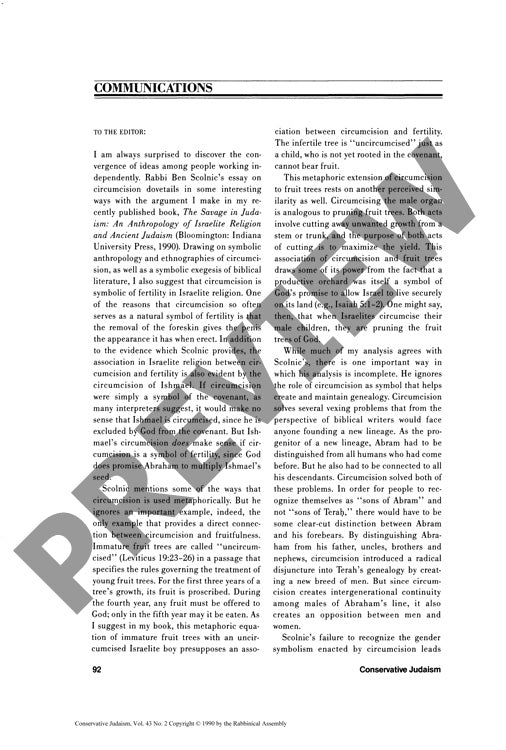Communications
Couldn't load pickup availability
In ancient Israelite religion, circumcision served as a powerful fertility symbol, not merely a covenant marker as traditionally interpreted. Through symbolic anthropology and ethnographic evidence, circumcision's rich metaphorical significance emerges in its visual connection to penile erection and striking parallels with fruit tree pruning, as evidenced in Leviticus 19:23-26 where immature trees are described as "uncircumcised." Building upon Rabbi Ben Scolnic's foundational work, symbolic exegesis of biblical literature combined with comparative anthropological analysis reveals circumcision's multifaceted roles: establishing genealogical continuity within Abraham's lineage, creating distinction from previous generations, and reinforcing gender boundaries through male-exclusive covenant marking. The practice's inherently gendered nature is further supported by Hebrew etymology linking "remember" (zkr) and "male" (zkr), explicitly connecting masculinity with covenant remembrance. Significantly, the timing of circumcision on the eighth day coincides with the mother's emergence from postpartum impurity, suggesting the ritual's role in transitioning the child from maternal blood impurity to covenantal blood marking—a process that establishes distinct gendered religious identities.

More Information
-
Physical Description
-
Publication Information
Published 1990-1991
ISBN
-
Publication Credits

